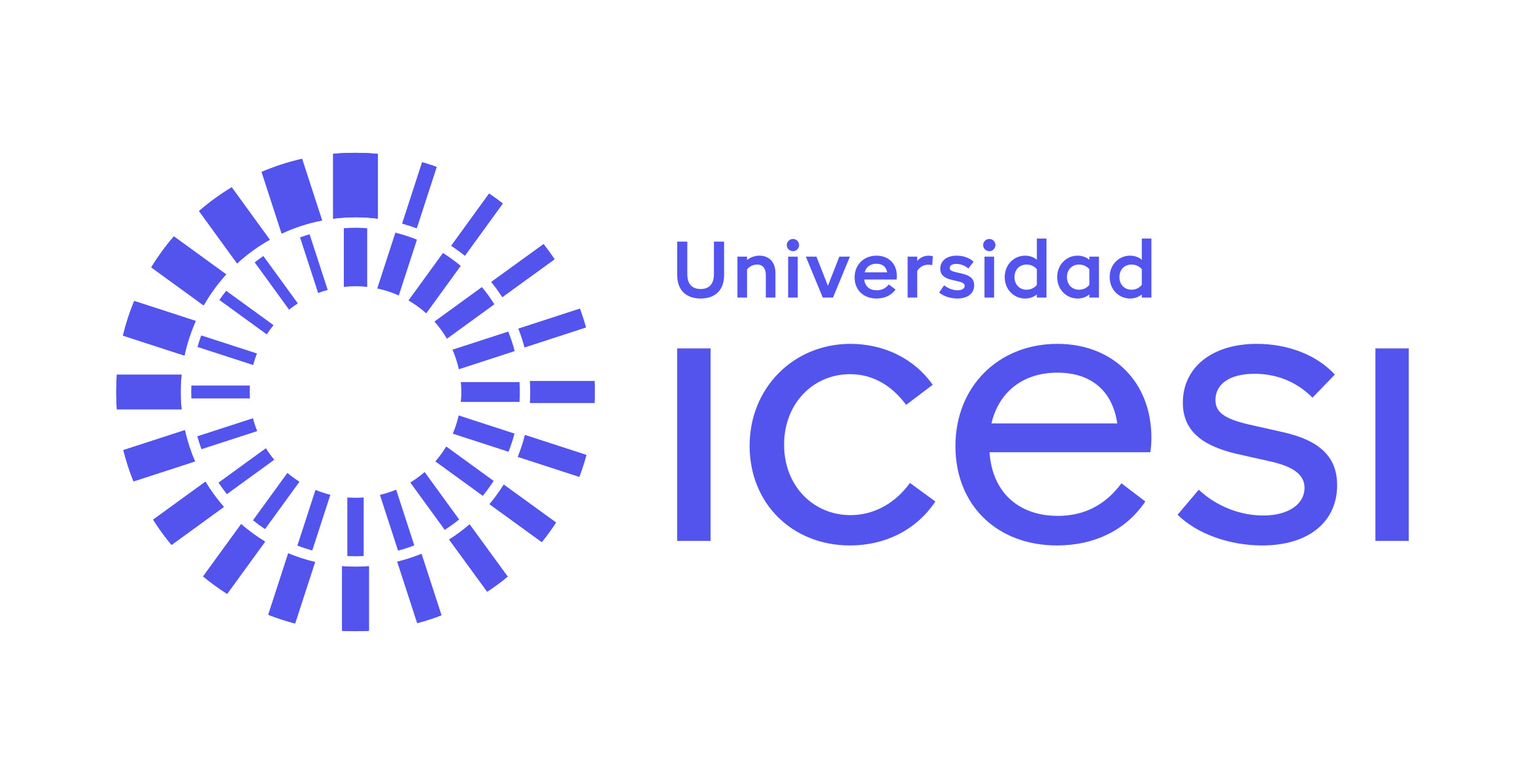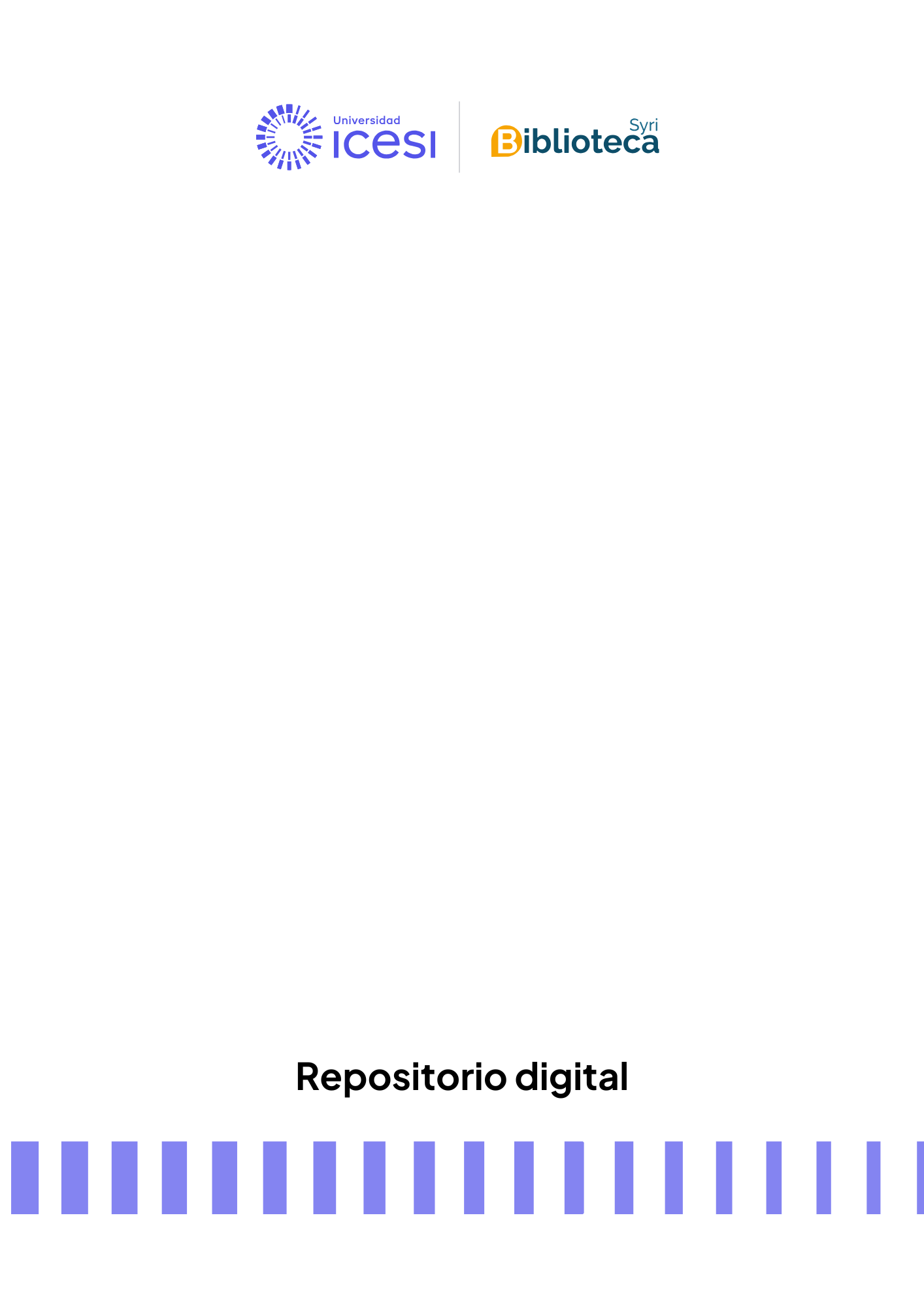Sistemas y Telemática Vol.16 No. 45
URI permanente para esta colecciónhttp://hdl.handle.net/10906/84469
Examinar
Envíos recientes
Ítem Monitoring and treatment of chronic patients through uHealth: Keys to sustainability (efficiency) and quality of care(Universidad Icesi, 2018-04-01) Velarde, José ManuelThis paper proposes an integrated model of social-health resources management. The authors present the actual challenges for health care, in an environment characterized by longer life expectancy and an increase in the number of patients with chronic pathologies, in a scenario of both, economic and financial crises. Their presentation includes management and fi - nancial issues, and the technological trends –such as the development of personalized and regenerative medicine– which will lead to an increase in health spending. The task of facing these challenges, they explain, cannot be postponed, the goals should be to improve: the efficiency in the use of health resources, the quality of health care and the level of patient satisfaction. Finally, they present some concepts about the application of information and communications technologies in health, show its relationship with the chronic patient care and present both, the current management models for this type of patient and the new proposed model.Ítem Towards smarter cities taking advantage of the Fog Computing paradigm(Universidad Icesi, 2018-04-01) Delgado Fernández, TatianaThe fog computing term has achieved importance in the last years due to its effect in the latency reduction that the Internet of Things [IoT] applications have. These applications demand real-time (or nearly real-time) responses and they are characterized by low bandwidth consumption; hence, the fog computing is relevant in achieving these requests because part of the processing is done near the end user devices. For this reason, the cloud computing paradigm is not enou - gh for some applications, since nowadays, the instant need of data and the decision-making process leverage –or somehow discover– a new horizon that demands a complementary variable. This article consists on an approach to the fog computing term, together with the requirements analysis for engineering solutions in the IoT field. Also, its impact in the smart cities and other fields plus its main challenges are addressed. We also present a guideline to implement a recommendation system for sightseeing places for tourists based in fog computing embraced in a large smart city project located in Havana.Ítem Help button for elderly people on the Arduino platform(Universidad Icesi, 2018-04-01) Rueda Rodríguez, Pablo A.Se reporta el diseño e implementación de un sistema capaz de proveer a personas de la tercera edad de una vía rápida para pedir ayuda, de manera remota, al encargado de su cuidado, usando la red celular. Se implementó un sistema, cuya principal funcionalidad es un botón de ayuda, mediante el cual la persona encargada del cuidado del anciano recibirá un mensaje de texto cuando el anciano presione el botón. Reconociendo la poca vinculación de las personas de este grupo etario con la tecnología celular, definir el número al que se enviarán los mensajes (y escribirlos) es transparente para ellos. El sistema cuenta con otras prestaciones de gran valía, un grupo de alarmas automáticas, también vía SMS, definidas para un grupo de sensores incluidos en el sistema, que facilita la toma de decisiones de forma remota a través de un SMS.Ítem Implementation of an OBD-II diagnostics tool over CAN-BUS with Arduino(Universidad Icesi, 2018-04-01) Inouye Rodriguez, RicardoFrom its origin, the main objective of the OBD [On Board Diagnostics] standard has been the control of the gases emitted by the vehicles and its corresponding effects in the environment. This project implements a system based on the OBD-II protocol over a CAN [Controller Area Network] bus, which allows the visualization of variables in real-time and the performing of a diagnosis of the vehicle state showing the operating, failure, and energy consumption codes. The on board diagnosis systems allow to retrieve the stored failure codes together with a large number of variables –important for the diagnosis– such as speed, fuel level, and CO2 [Carbon Dioxide] emissions in real-time. We implemented an OBD- II system located at the end of the test vehicle (a bus) –which corresponds to the scanner or diagnosis unit– in an Arduino Mega 2560 development board connected to a CAN transceiver-controlled composed module. The scanner has a USB connection that eases the graphical visualization of data in a PC through an interface created in LabVIEW.Ítem Pulse oximeter with Internet data visualization(Universidad Icesi, 2018-04-01) Contreras Mota, GabrielEn este trabajo se describe el diseño y la construcción de un oxímetro de pulso para el monitoreo de pacientes a distancia. El dispositivo propuesto utiliza el microcontrolador ESP8266 como componente principal para establecer la conexión inalámbrica y enviar la información a un servidor node.js. Además, un sistema web puede mostrar la saturación de oxígeno y la frecuencia del latido cardiaco a través de una conexión con WebSockets. En el artículo se describen los diseños del hardware y software del dispositivo, y se justifica la selección de cada uno de sus componentes. Finalmente, se muestran algunos resultados experimentales que ilustran el funcionamiento del prototipo desarrollado.

